A Red-light District Worthy of a Vibrant Port
By Dr. Kuah Li Feng
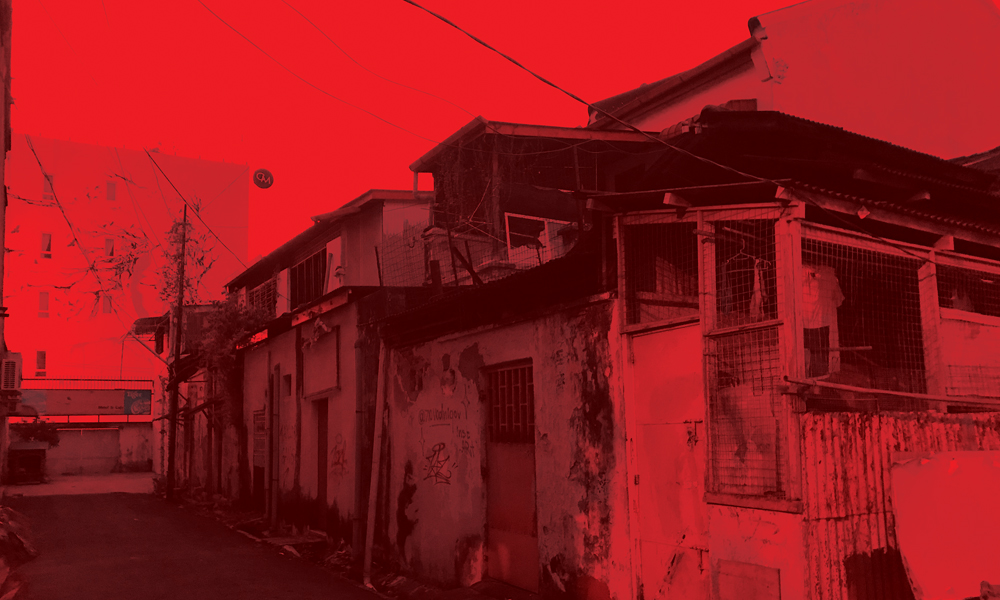
CAMPBELL STREET IS named for Sir George William Robert Campbell (1835-1905), who was the acting Lieutenant- Governor of Penang in 1872. It was a position he held for just a year, after which he reassumed service as Inspector General of Police until his retirement and subsequent knighthood in 1891. He was previously the first British Colonial Inspector General of Police in Ceylon, where the Sri Lanka Police Service was introduced in 1866.
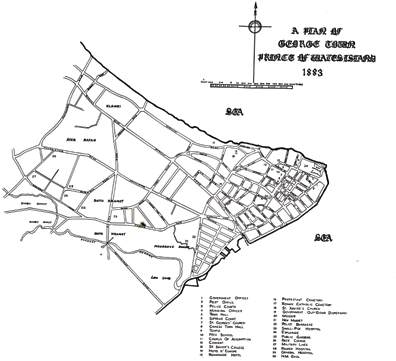
Campbell passed away on January 10, 1905 in England, and when news of his passing reached the Straits Settlements, his contributions to Penang were commemorated in the local press.
A Novel Place
Campbell Street was also known by its motley of vernacular names. The Chinese called it 新街, i.e. sin kay in Hokkien or san kai in Cantonese, meaning “new street”, in relation to the older thoroughfare, Chulia Street, that runs parallel to it.
Before World War II, the area around Chulia Street, Cintra Street and Campbell Street was known as George Town’s red-light district. In fact, Campbell Street was the hub for such activities; and the name 新街 easily became a pun for the term “new chicken”, or “fresh prostitutes”.
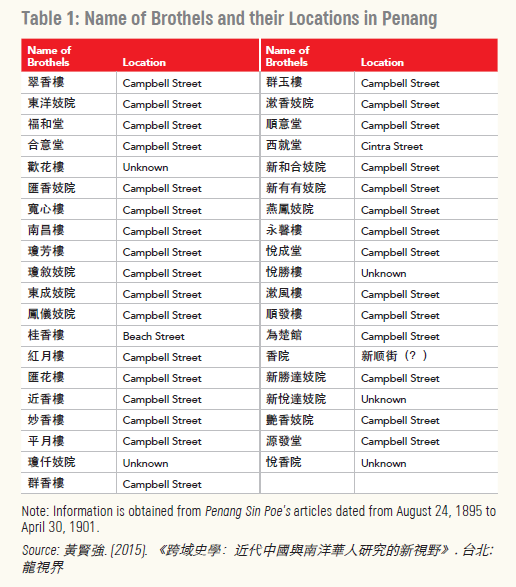
The Malays referred to it as Jalan Nona Baru or “street of new maidens”, and as Jalan Makao, indicating a sizeable population of people from Macau on Penang Island.
Thus, at its peak from the late 19th to the early 20th century, Campbell Street was famed for prostitution, gambling and opium smoking. The following extract from a newspaper article captures the excitement of the street in the early 20th century:
“… the wealthy frequented night clubs where gambling and opium smoking was carried on a big scale with the shrill noise of sing-song girls as a background to the gaiety… Campbell Street was in those days the brothel centre of the town and at sunset it became a ricksha parade.”
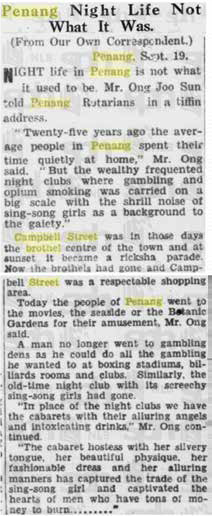
Table 1 is a non-exhaustive list of brothels; the majority of them were located on Campbell Street in the late 19th century. According to scholar Huang Xian Qiong (黃賢強) there were more than 100 brothels in the Campbell Street–Cintra Street area.
These brothels were run by the Cantonese, heralding suggestive names such as 香 (fragrance), 芳 (sweet smell) and 欢 (joy). By Huang’s account, a majority of the Chinese prostitutes who came to Southeast Asia during those days were Cantonese.
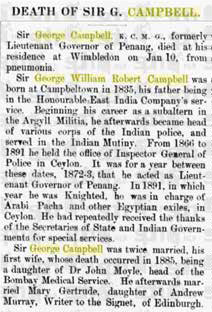
Active participation in port activities acquainted the people of Canton with the lifestyle of the West and thus, they were more receptive to the idea of female emigration. But poor local governance also meant that many of the women fell victim to human trafficking activities and were sold to San Francisco and the Straits Settlements as 妹仔 mui tsai (domestic child workers) or 猪花 chu fa (prostitutes). Chinese men, on the other hand, were made coolies (猪仔 or chu tsai). Such “export” activities were notorious in the ports of Canton, Hong Kong and Macau.
In Penang, the previously mentioned Jalan Makao was perhaps an indicator that these prostitutes were predominantly from the port of Macau. These women worked the brothels along Campbell Street which were categorised as first- and second-class establishments. The patrons here were usually rich Chinese businessmen and professionals. While the third-rate establishments, graphically described as 打炮间 (make-out room), were found along Cintra Street; these were frequented by hawkers and labourers.
The information in Table 2 is from the Straits Government Record and shows the number of brothels and the race of prostitutes known to the Chinese Protectorate on Penang Island for 1905.
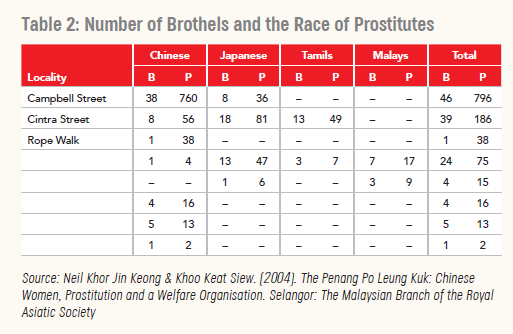
The early colonial government’s stance on prostitution was ambivalent, to say the least. On one hand, it was condemned as a social evil but on the other, prostitution was not banned until 1930, on account of the fact that the majority of the early Chinese migrants to Penang were male coolies.
Table 3 highlights the ratio of Chinese males to females in 1871-1901. Another source put the number of women per 1,000 men at 227 in 1929; 283 in 1930; and 345 in 1931 (Neil Khor Jin Keong & Khoo Keat Siew, 2004). This obvious imbalance in the population ratio gave rise to gambling and drinking houses, opium dens and brothels for single male labourers in need of “physical release”.

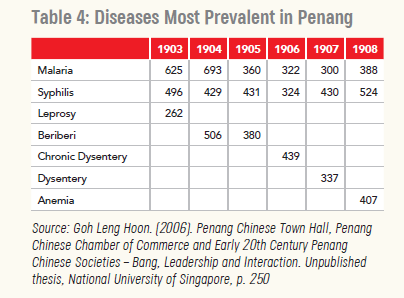
As noted in the Annual Departmental Reports of the Straits Settlements for the period 1903-1908, syphilis was among the most widespread diseases in Penang. This indicated a serious social problem precipitated by rampant prostitution activities.
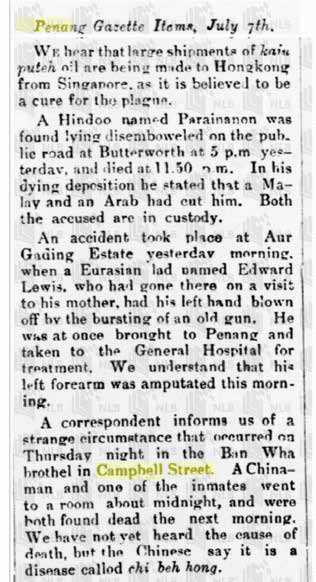
On the right is a news article from 1894, about a strange incident that took place in a brothel. Prostitution was not regarded as a taboo in public discussions back then.
Dr. Kuah Li Feng

is an ethnographer and cultural
practitioner. She founded Studio Good Think in 2011, one of the first private heritage service consultancies in Penang focusing on cultural research and interpretation.



